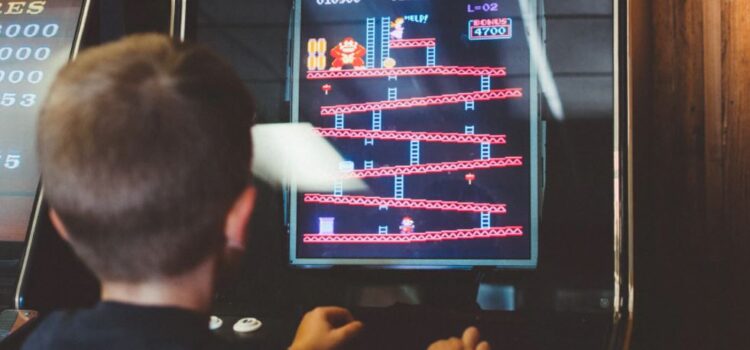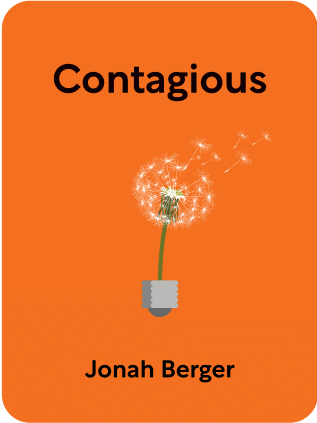

This article is an excerpt from the Shortform book guide to "Contagious" by Jonah Berger. Shortform has the world's best summaries and analyses of books you should be reading.
Like this article? Sign up for a free trial here .
What is gamification marketing? How can you apply game mechanics to your product or service to increase engagement?
Gamification marketing involves using game mechanics to give customers a sense of accomplishment. For example, a company might introduce a reward system or competition related to its product. Doing this increases engagement and word of mouth as people generally like to talk about their accomplishments.
Keep reading to find out more about gamification marketing.
Gamification Marketing, Explained
In this article, you’ll discover how to apply game mechanics to your product. Additionally, you’ll also find some helpful gamification marketing examples to show you how they can be applied.
One way to harness the power of social currency is by applying game mechanics to your product or service. Game mechanics are the elements of a game that measure accomplishment—for example, points systems, leaderboards, and in-game trophies. When people meet these mechanics’ requirements and “win” the game, they get the sense that they’ve achieved something. This is the basics of gamification marketing.
This achievement becomes a form of social currency. The winner knows that telling people they’ve “won” at something will make them appear impressive, so they brag about their achievement whenever they can. In the process, they share information about the thing that gave them their sense of accomplishment. They inadvertently promote the product or service that made them feel good. In other words, they spread word of mouth about it. As such, gamification marketing can lead to increased engagement with your product or service.
For example, if a friend mentions to you that they came top of the leaderboard in a certain online game, they’re also going to tell you the game’s name and what it involves. They’re going to spread word of mouth about the product without even realizing they’re doing it.
How Can You Use Game Mechanics?
To apply gamification marketing to your product or service and generate word of mouth, find a way to replicate the sense of achievement that people feel when they win a game. One way to do this is to introduce a reward system for using your product or service. If the customer uses your product or service enough, they advance to the next tier of the system and unlock a reward. This gives them a sense of achievement, and a feeling of high status: two things they’ll go on to brag about while also handily mentioning your company. This is the key to gamification marketing.
Another way to apply gamification marketing is to run contests for your customers. This is particularly effective if you make your contest have multiple winners who can all brag about their achievement and spread the word about your company. Even better, run a contest with a voting process. That way, all of the entrants will work hard to gain votes by telling everyone they know about the contest, again generating discussion about your company.
To make game mechanics even more effective at generating word of mouth, make it very easy for people to share their achievements with others. For instance, once someone has achieved a certain membership tier, send them a physical membership card that they can easily show off to their friends and family.
Gamification Marketing Examples
Here are some examples of gamification marketing and how they work, according to Contagious by Jonah Berger.
Airlines
Airlines have “gamified” air travel by introducing frequent flier reward programs. The more a person flies with the company, the more “air miles” they collect, and the higher up the rewards hierarchy they advance. This is an achievement they’re bound to share with friends.
Burberry
Another example that has successfully generated word of mouth through contests is Burberry. The brand once ran a competition in which customers submitted a photo of themselves or a loved one wearing the famous Burberry trench coat. The best photos would be posted on Burberry’s website. In the wake of the contest, the brand’s sales increased by 50% and its website got millions of views from all over the world. Berger believes that this success was due to the word of mouth generated by the contest’s entrants and winners.
The above gamification marketing examples can help you understand how game mechanics can be applied successfully.

———End of Preview———
Like what you just read? Read the rest of the world's best book summary and analysis of Jonah Berger's "Contagious" at Shortform .
Here's what you'll find in our full Contagious summary :
- Why some new products and ideas gain widespread popularity while others fail
- The six principles to making your product or idea contagious
- The importance of word of mouth in marketing






